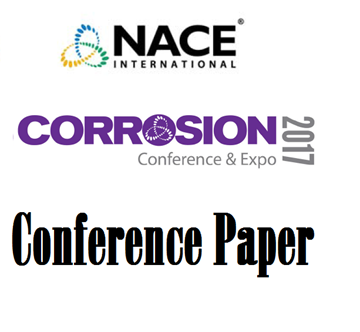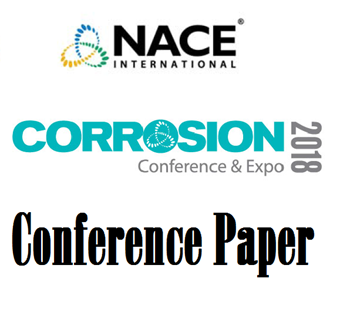Search
51318-11625-Cracking of Duplex Stainless Steel in Refining Operations
Also Purchased
51313-02520-Duplex Stainless Steel Chloride Stress Corrosion Cracking Risk in Refining
Product Number:
51313-02520-SG
ISBN:
02520 2013 CP
Publication Date:
2013
$20.00
51317--9518-Chloride Stress Cracking of an Austenitic Stainless Steel Pipe Fitting in a Hydroprocessing Unit
Product Number:
51317--9518-SG
ISBN:
9518 2017 CP
Publication Date:
2017
$20.00
51318-11142-Weld preferential high temperature sulfidation
Product Number:
51318-11142-SG
Publication Date:
2018
$20.00




